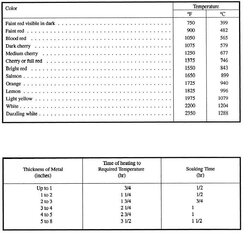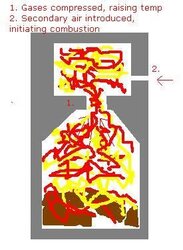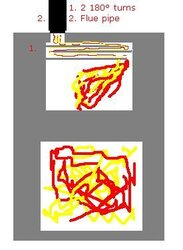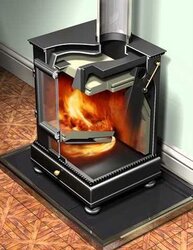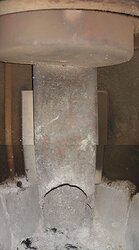I asked a similar question last year but didn't get what I thought was a 'definitive' answer.
I'm curious what the temperatures in the immediate vicinity of an 'idling' (wood) coal bed and a 'raging' coal bed are. That is, a coal bed without a draft directed on it, and a coal bed with a strong draft on it or through it.
I wonder if someone with an IR thermometer would be kind enough to post results from one or both coal bed conditions.
(If there are any replies, I'll explain the rationale for the question later in the thread... or in a new one. I don't want to confuse the issue for the moment.)
Thanks Very Much.
Peter B.
-----
I'm curious what the temperatures in the immediate vicinity of an 'idling' (wood) coal bed and a 'raging' coal bed are. That is, a coal bed without a draft directed on it, and a coal bed with a strong draft on it or through it.
I wonder if someone with an IR thermometer would be kind enough to post results from one or both coal bed conditions.
(If there are any replies, I'll explain the rationale for the question later in the thread... or in a new one. I don't want to confuse the issue for the moment.)
Thanks Very Much.
Peter B.
-----


